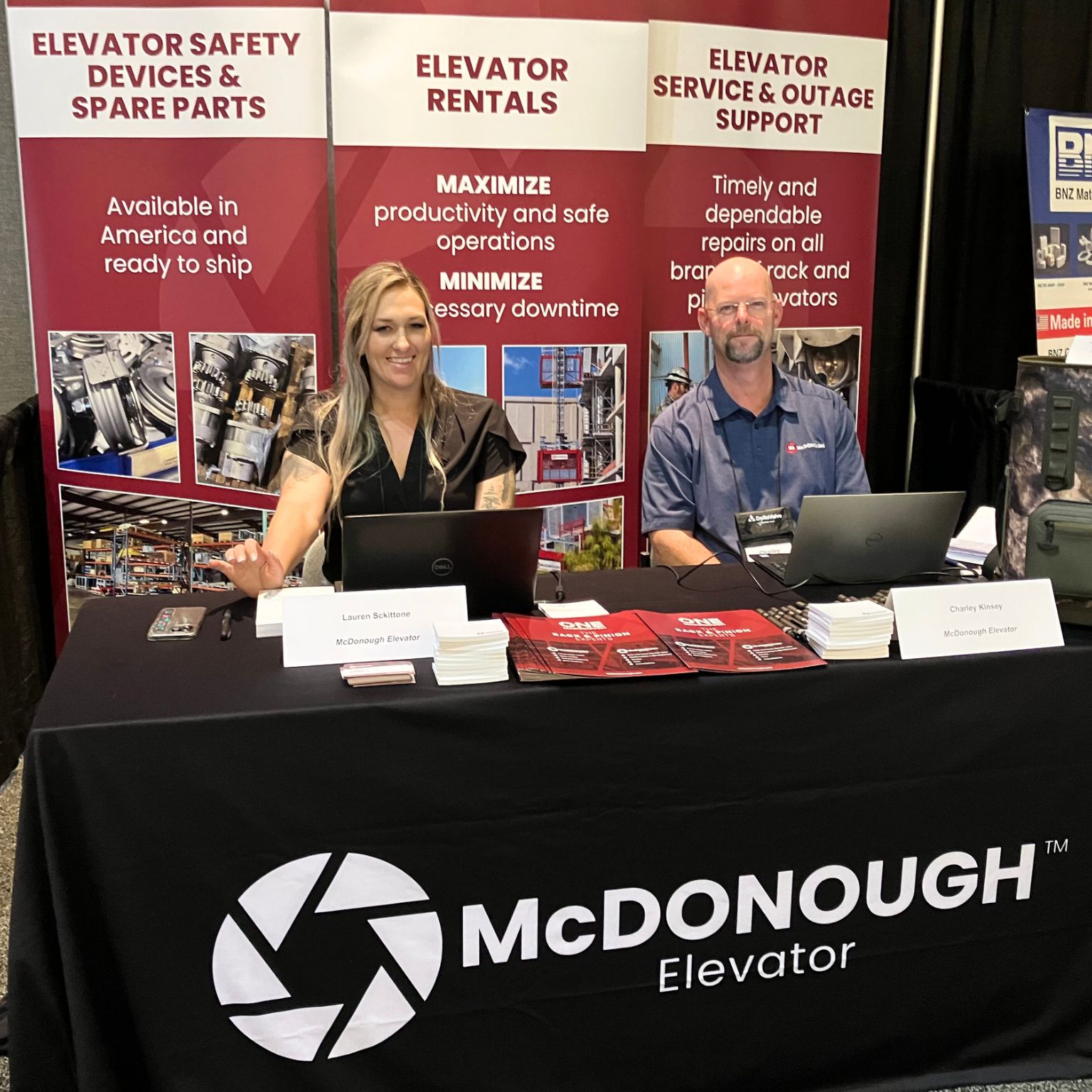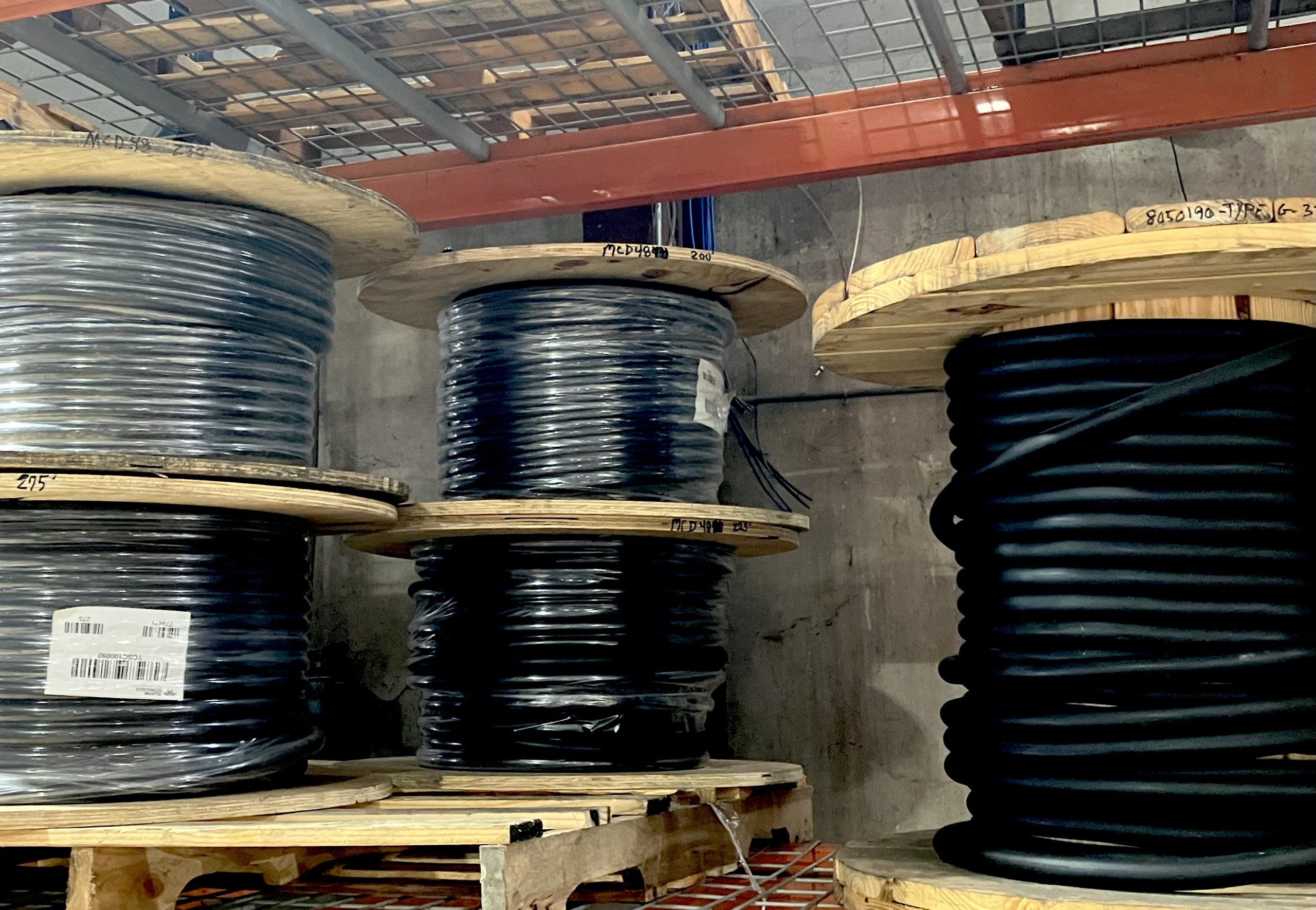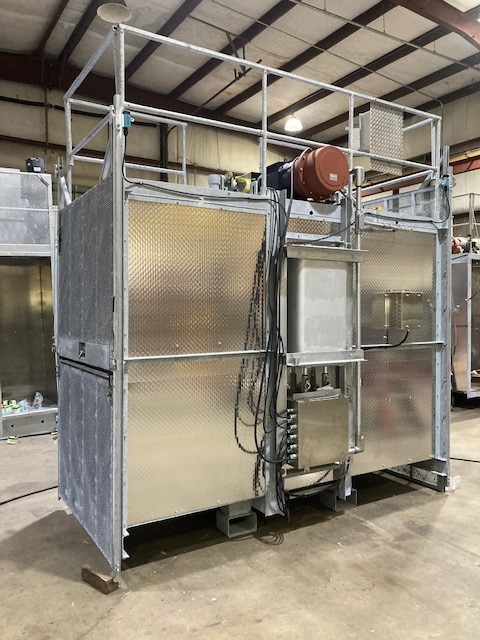We are often asked why a rack and pinion elevator is a better lifting solution than a traction elevator in Industrial applications. The first point to consider is the location of the elevator. By design, a rack and pinion elevator is not required to have a full enclosure throughout the hoistway. This makes it ideal for chimneys, open lattice structures and silos.
The entire hoistway structure and enclosure is not required with the installation of a rack-and-pinion system, including the costs of design, construction, materials and fire code considerations. The elevator is designed to operate outside of the walls of the main building. Along with that, foundation costs are reduced when using a rack-and-pinion elevator because of the elimination of the hoistway structure and associated forces imposed at the base.
The second point to consider is how the elevator will be used. Where typically traction elevators are used to transport personnel, a rack and pinion elevator is used to transport both personnel and material. The third point to consider is the construction of the elevator. Rack and pinion elevators are built to withstand the heavy day to day use and requirements of the industrial setting. This ensures reliability and long life cycles of the equipment. A rack and pinion elevator is designed for abusive conditions of a plant environment. Traction elevators are designed for traditional buildings and the general public, and do not hold up well to rough treatment.
If you have any questions or think that a rack and pinion elevator makes sense for your project, please give us a call (713-574-8106).
Rack and Pinion Elevator
- Designed for industrial applications
- Enclosed hoistway not required
- Transports personnel and material
- Multiple applications
- Can operate in open air environments
Traction Elevator
- Designed for traditional applications
- Enclosed hoistway is required
- Transports personnel
- Restricted applications
- Restricted to enclosed environments





